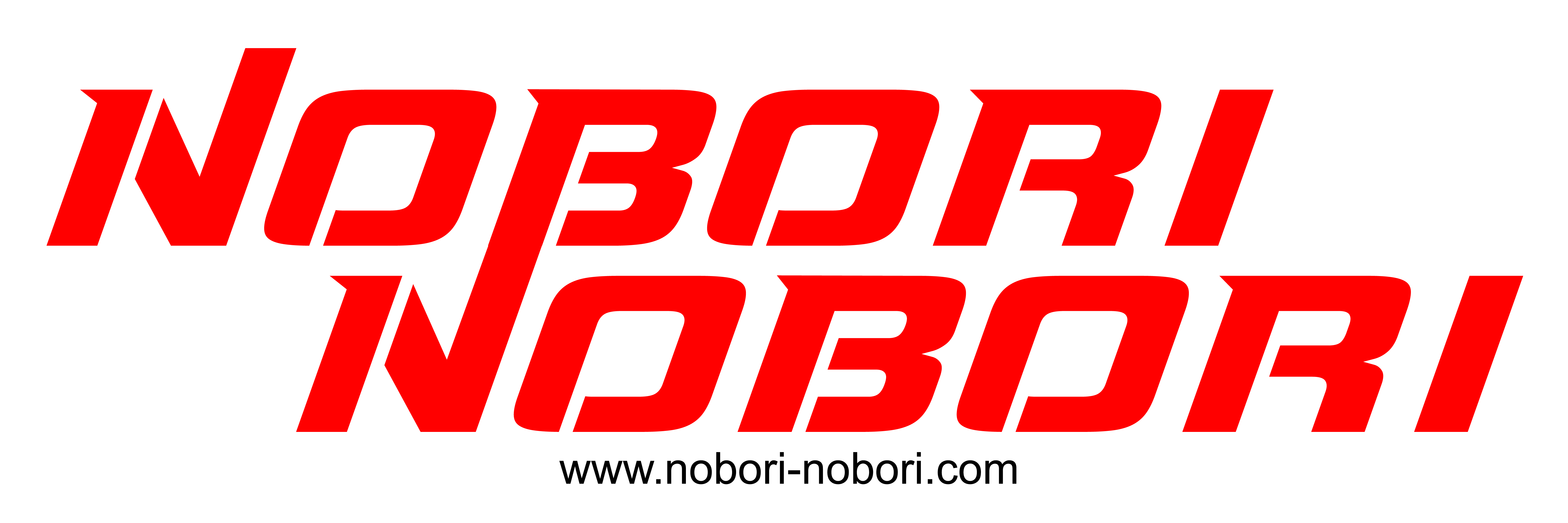This technique provides uniform data distribution, ensuring that each shard contains an equal amount of data. Hash-based sharding can be where to buy polkadot used for both key-based and range-based sharding, allowing for flexibility in how data is assigned to shards. The database management system needs to search through many rows to retrieve the correct data. Therefore, it takes less time to retrieve specific information, or run a query, from a sharded database. Sharding can be accomplished through the horizontal partitioning of databases through division into rows.
Range-based sharding
However, there are some security concerns surrounding sharding, which might allow for attacks on the network. Sharding is just another name for “horizontal partitioning” of a database. Database sharding, as with any distributed architecture, does not come for free. There is overhead and complexity in setting up shards, maintaining the data on each shard, and properly routing requests across those shards. Before you begin sharding, consider if one of the following alternative solutions will work for you.
- Does our organization require uninterrupted service even in the face of hardware failures or server outages?
- Moreover, consider the scalability limitations of our current database solution.
- The database would likely need to be repaired and resharded to allow for a more even data distribution.
- If the computer hosting the database fails, the application that depends on the database fails too.
Operational complexity
They store each customer’s information in physical shards that are geographically located in the respective cities. If the computer hosting the database fails, the application that depends on the database fails too. Database sharding prevents this by distributing parts of the database into different computers. Failure of one of the computers does not shut down the application because it can operate with other functional shards. Sharding is also often done in combination with data replication across shards. So, if one shard becomes unavailable, the data can be accessed and restored from an alternate shard.
Directory sharding
Organizations benefit from horizontal scaling because of its fault-tolerant architecture. When one computer fails, the others continue to operate without disruption. Database cryptocurrency change platform development steps and features designers reduce downtime by spreading logical shards across multiple servers.
She has worked in multiple cities covering breaking news, politics, education, and more. Her expertise is in personal finance and investing, and real estate. Investopedia contributors come bitcoin losing hardware wallet whats the max amount of ethereum from a range of backgrounds, and over 25 years there have been thousands of expert writers and editors who have contributed.
Splitting your database out into shards can help reduce the load on your database, leading to improved performance. Once you’ve decided to shard your database, the next thing you need to figure out is how you’ll go about doing so. When running queries or distributing incoming data to sharded tables or databases, it’s crucial that it goes to the correct shard. In this section, we’ll go over a few common sharding architectures, each of which uses a slightly different process to distribute data across shards.
Operating Systems
For example, the IT team installs multiple computers instead of upgrading old computer hardware. Database sharding methods apply different rules to the shard key to determine the correct node for a particular data row. Secondly, sharding employs distinct methods for distributing data across shards.
Thus, must consider whether the benefits of sharding outweigh the initial overhead for their specific dataset size. In contrast, traditional scaling, while capable of improving a server’s performance to some extent, has inherent limitations. It often encounters bottlenecks as resources on a single server are maxed out. Moreover, expanding vertically can be costly, and there’s a point at which it becomes impractical or prohibitively expensive.
Ethereum planned to use sharding, but it abandoned those plans in favor of Danksharding, a technique that will use data rollups and blobs sent from a second layer. Citus does what Vitess does for MySQL, but for Postgres (minus some more flashy features). It’s open source, designed as a Postgres extension, and can be run as a single node or several.







